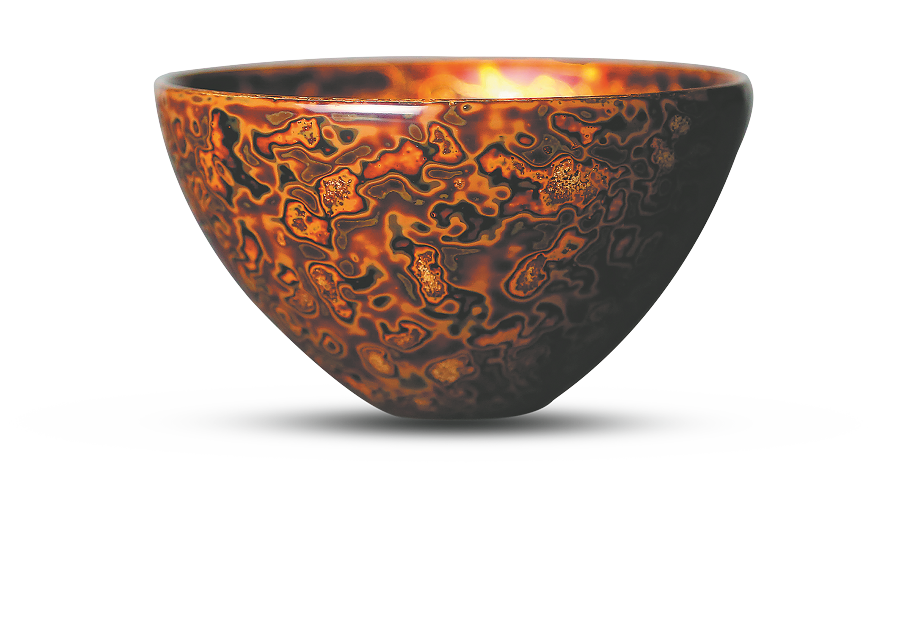

From the collections of five museums in Hubei province, a production hub of lacquer trees, a wide variety of objects on show stand as witness to the flourishing of several states between the 11th and 3rd centuries BC.
"Lacquer, lightweight and accessible, was used in many aspects of life at the time," says Chen Keshuang, the exhibition's curator.
"It was applied, mostly on a wooden core, to make armors, vessels, plucked zithers, wine cups, ornamental objects and drums."
These pieces are testimony to the height of lacquerware that would run through the 3rd century. Striking visual effects were created on an opaque lacquer-coated surface on a wooden, metal, cotton or other type of core, such as outlined patterns with other pigments, inlaid fine shells to generate light contrasts, and carved relief patterns — and sometimes gold leaf filling — to exhibit a three-dimensional effect.